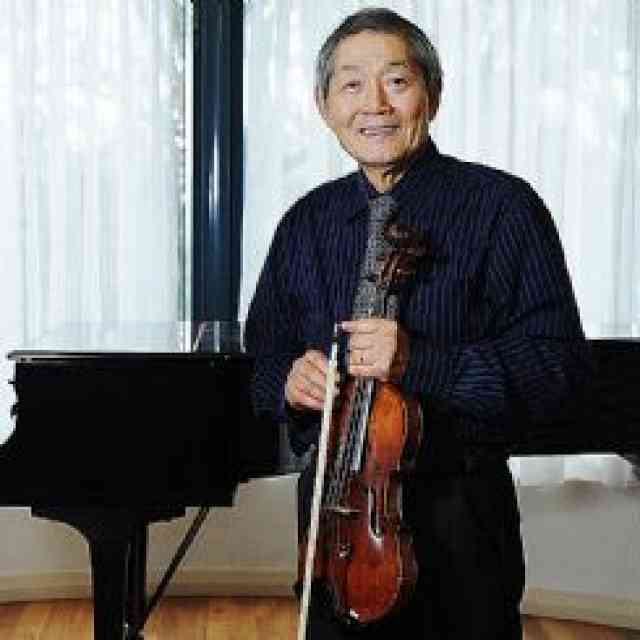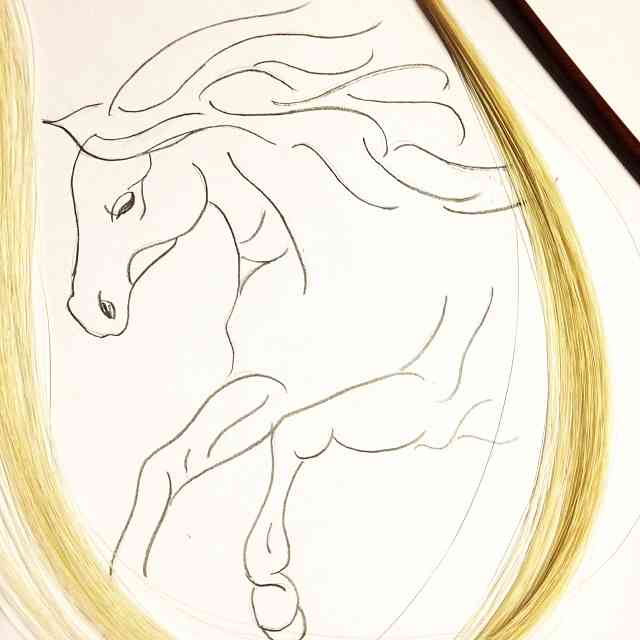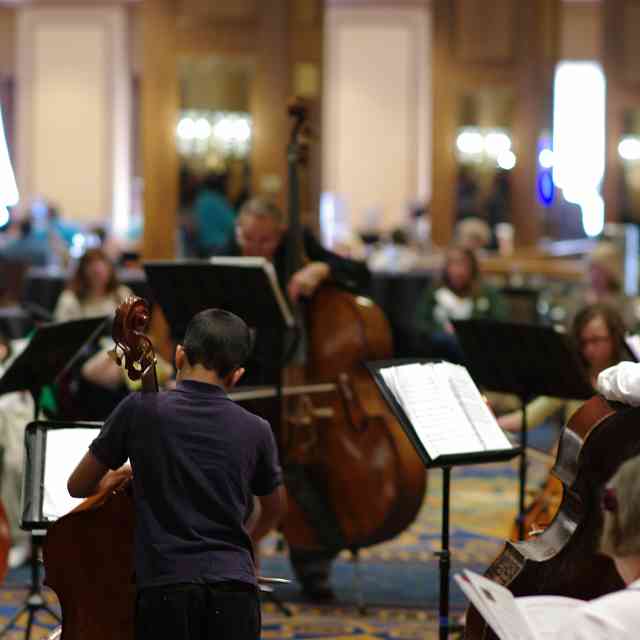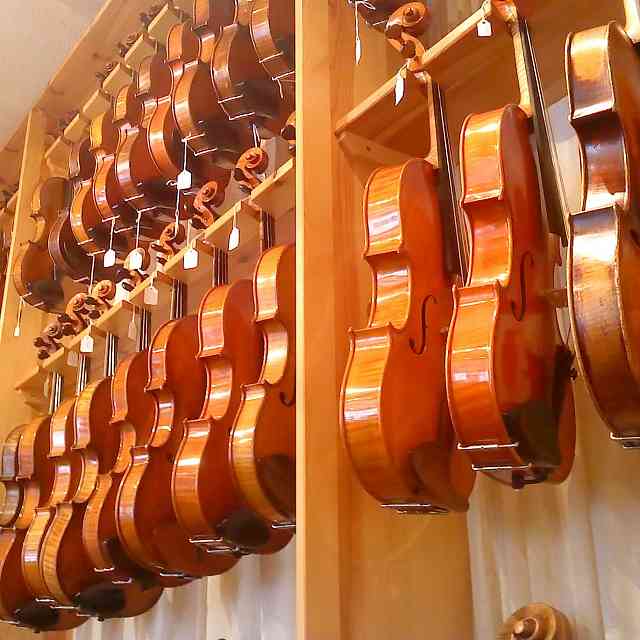Second in an educational series sponsored by Robertson & Sons Violin Shop
The clues had been hidden in plain sight for centuries. No one could deny that she was a beauty, and once smitten by her responsiveness and charm, it was difficult to summon the desire to challenge the story that had accompanied her long and prosperous life. All were content to believe the label that was so carefully placed, lo those many years ago, in the depths of her protected underbelly. No one had dared to seek the truth of her raw beginnings until…
Sometimes determining the credible identity of an instrument’s maker can seem like the plot of a detective novel full of intrigue and deception. In an age where scientific advancements are making it possible to solve crimes of yore through DNA testing, similar discoveries are taking place in the world of stringed instruments. Art meets science in the dendrochronology laboratory. Dendrochronology, also known as tree ring dating, is a method of dating items based on an analysis of patterns of tree ring growth. This technique of dating past events has been around since the early 20th century and current collections of data can help determine the origins of items dating back thousands of years.

Most trees in temperate climates make one growth ring each year with the newest growth ring next to the bark. In simple terms, wide tree rings are indicative of relatively warm wet years and narrow tree rings represent cooler dry years. Take a look at the top of your instrument and you will get an idea of the climate changes that occurred while the tree of origin was growing. A dendrochronologist might even be able to tell you in what region of the world the tree grew!
Dr. Henri D. Grissino-Mayer, director of the Laboratory of Tree-Ring Science at the University of Tennessee, has hypothesized a dendrochonological explanation as to why the Cremonese instruments of the late 17th and early 18th century seem to exhibit superior tonal qualities as compared to more contemporary instruments. For one thing, the spruce trees used to make the tops of instruments probably came from nearby forests at higher elevations on north-facing slopes and growing in nutrient-poor soil. These conditions would have caused slow growth and the dense wood grain important to brilliant tone. Furthermore, from 1645 until 1715, Europe was gripped by an extended period of frigid weather that reduced tree growth even more. The narrow tree rings that this phenomenon produced would have increased the wood’s density, making the violins stronger, and thereby resulting in the superior tone and brilliance of the Cremonese violins of that period. Over the years, many explanations for the excellence of these instruments have been suggested, but perhaps we can all agree that these old treasures of the stringed instrument world represent a confluence of superior wood in the hands of practiced masters!
The application of the science of dendrochronology to assess the age of musical instruments, called “dendromusicology,” is gaining the attention and the acceptance of instrument appraisers, sellers, buyers, and players. To date, it has only been used when provenance (the origin and ownership history) of an instrument has been called into question. It is an unfortunate truth that many unscrupulous makers and dealers over the course of history have attempted to defraud buyers by inserting altered, fake, or fabricated label dates and/or maker signatures into more contemporary instruments. By studying the growth rings, dendrochronologists are able to verify or disprove the year of construction. Even though they cannot conclusively prove that an instrument was made by a particular person, they can prove that a maker could not have made the instrument if the tree rings post-date his death.
Two rather notorious instances where dendrochronologists were called upon to verify provenance yielded differing results. In 2002, the “Messiah” violin, considered by many to be Antonio Stradivari’s finest creation, was examined and compared to other instruments attributed to Stradivarius. The results supported the authenticity of its label. However, in 2004, an examination of a double bass, with a label date of 1611 and attributed to Antonio and Girolamo Amati, suggested that it was probably made by French luthiers in the late 18th Century. This particular bass exhibited a 317-year tree ring growth sequence!
When it comes to determining the value of an instrument, authenticity is of higher importance than the condition of the instrument, sound quality, or playing ease. This is why it is important to Robertson and Sons Violin Shop to supplement experience and expertise with science when the stakes are high. They have had occasion to enlist assistance from Dr. Grissino-Mayer. They feel that, when it comes to determining authenticity, it is important to do whatever is necessary to deliver genuine products and information. This commitment to honesty and truth is what builds trust with their customers and keeps people coming back to Robertson’s.
Dendromusicology is an intriguing new key to unlocking the mysteries of instrument lineage. Who knows what might yet be revealed?
Finally, the truth had been unveiled. There were no secrets to burden her; the harsh words of naysayers no longer clawed at her soul. The loving and masterful hands of her famous creator had indeed built her to soar into eternity. Her joy was evident as the final notes of her performance yet reverberated in the recesses of the great hall. The light waned and the case closed.
For more information about dendrochronology, visit http://web.utk.edu/~grissino/
To learn more about Robertson and Sons Violin Shop, visit www.robertsonviolins.com








